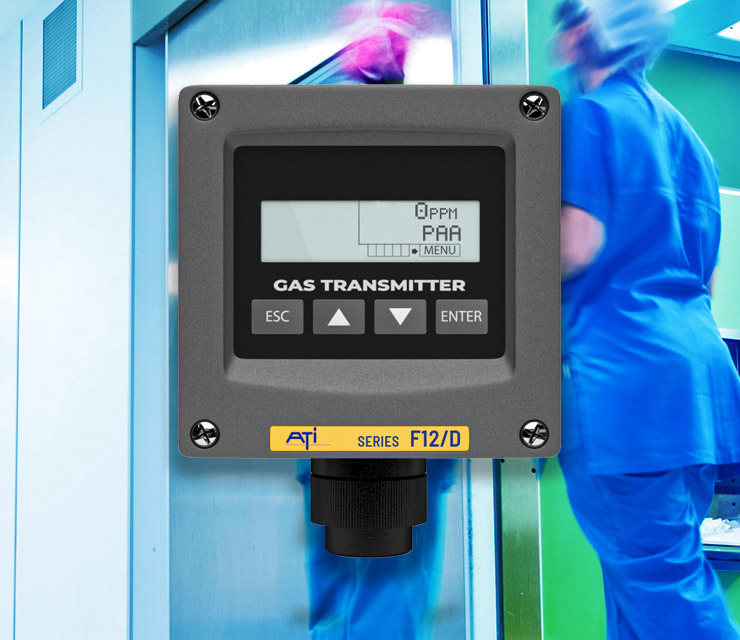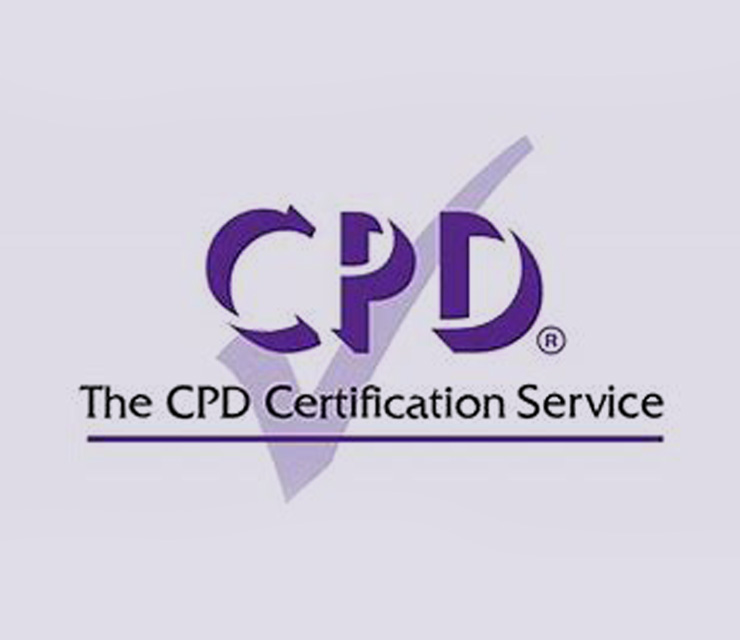- Water Monitoring
- WATER MONITORS BY PARAMETER:
- WATER MONITORING PRODUCTS:
- EchoSmart Sludge Blanket Monitor
- FilterSmart Gravity Filter Backwash Monitor
- Q46N Dissolved Ammonia Monitor
- Q46H/62-63 Residual Chlorine Monitor
- Q46H/79PR Total Chlorine Monitor
- Q46H/65 Chlorine Dioxide Monitor
- Q46C2 2E Conductivity Monitor
- Q46C4 4E Conductivity Monitor
- Q46/84 Hydrogen Peroxide Monitor
- Q46D Dissolved Oxygen Monitor
- Q45D Dissolved Oxygen Transmitter
- Q46H/64 Dissolved Ozone Monitor
- Q46/85 Peracetic Acid Monitor
- Q46P/R pH & ORP Monitor
- Q45C2 2E Resistivity Transmitter
- Q46S/66 Residual Sulfite Monitor
- Q46/88 Suspended Solids Monitor
- Q46/76 Turbidity Monitor
- View More >
- SMART WATER SOLUTIONS
- Gas Monitoring
- GAS MONITORS BY PARAMETER:
- GAS MONITORING PRODUCTS:
- A12 2-Wire Toxic Gas Transmitter
- A12-17 Combustible Gas Detector
- A14/A11 Modular Gas Detector
- A21 Gas Sampler
- A23-14 Ozone Generator
- B12 2-Wire Gas Transmitter
- B12 Wet Gas Detector
- B14 Gas Alarm Module Receivers
- C12-17 Combustible Gas Detector
- C21 Dri-Gas Sampling System
- D12 Toxic and Combustible Gas Detector
- D12Ex-IR Infrared Gas Transmitter
- D16 PortaSens Portable Gas Leak Detector
- E12-15 IR High Level Ammonia Gas Detector
- F12D Toxic Gas Detector
- F12iS Toxic Gas Transmitter
- GasSens Midi Controller
- IsoMon Dual-Channel Gas Detection
- Q45S Wet H2S Gas Detector
- Industries
- Support
- News & Case Studies
The Royal Mint has an established reputation as the manufacturer of coins and blanks for both domestic and global markets.
Based in Llantrisant near Cardiff, its main business consists of the production of UK circulating coins, the manufacture, marketing and distribution of UK and overseas collector coins and medals, the manufacture of official medals, and the sale of coin based jewellery and collectables.
The Royal Mint is a UK governmental organisation, its primary responsibility lies with the provision of UK coinage; however it also has an international reputation for the manufacture of high quality coins and blanks for over 100 countries worldwide.
The Royal Mint is committed to improving its manufacturing processes to ensure minimum impact on the environment. Like all manufacturing plants, water effluents from the Royal Mint are strictly regulated by the Environment Agency and by local authorities through consent to discharge. In order to comply with these regulations, the Royal Mint operates effluent monitoring systems that can cope with the large amount of fouling that can occur within sensing tanks. To improve its pH control, the company worked closely with Integrated Effluent Solutions to install ATi’s Q46P pH/ORP monitor.

The challenge
Effluents originating from metals finishing plants in the UK are strictly controlled by The Pollution Prevention and Control (PPC) regulations. PPC is a system that has been put in place by the Environment Agency to ensure that manufacturers adopt an integrated approach to pollution control. Companies in the UK discharging effluents to a public sewer require a current and valid consent to discharge under the PPC regulations. The sewerage operator, which is often the company supplying water to the site, awards this discharge consent to the organisation. By issuing the discharge consent, regulatory bodies aim to eliminate potentially hazardous substances, including heavy metals, acidic and alkaline materials found in trade effluents. As these substances can contain qualities that make their treatment difficult or complex, it is essential that their discharge into public sewers be regulated.
The consent to discharge specifies various parameters including the maximum daily discharge volume, metal loading, chemical oxygen demand, pH, temperature and suspended solid concentration. In order to comply with these regulations, the Royal Mint has traditionally used precipitation plants with hydroxide dosing to adjust the pH value of its effluents. However, due to the nature of the metals being manufactured, the effluent in the pH sensor tank is extremely glutinous, meaning that pH probes and electrodes require cleaning a minimum of once per shift. As a result of this sensor fouling, the pH readings can be less reliable which is exacerbated by the poor response time of the electrodes. pH control can also be very poor and often requires operator input to ensure regulatory compliance.
The Royal Mint began to seek an alternative pH system in order to improve the quality of its effluents and to better comply with Environment Agency regulations. The organisation also required a system that would eliminate
the need for everyday cleaning and operator maintenance, and improve efficiency in a cost-effective way.
The solution
In order to improve its pH control, the Royal Mint looked to Integrated Effluent Solutions (IES), a company with a proven background in effluent treatment. IES is an independent company supplying a wide range of products for effluent and wastewater treatment including treatment chemicals, effluent treatment plants, pH monitoring and control, online analysers and flow and level monitors.
The Royal Mint worked with IES to review its existing pH systems and to improve the pH control and efficiency of the effluent plants. Conventional pH/ORP sensors have an open reference system, meaning that the reference element and electrolyte are in contract with the process. This allows chemicals to diffuse into the reference chamber and alter the reference system.
As the reference junction becomes contaminated, the reference potential shifts. The chemicals can then attack the reference wire, meaning that the sensor cannot function. When these problems occur, cleaning and calibration cycles increase and the sensors fail much more frequently, resulting in decreased efficiency as well as increased costs. To overcome these problems caused by conventional pH monitoring systems, IES provided a solution using proportional hydroxide dosing and the implementation of Auto-Clean pH controllers from ATi.
The Q46P pH/ORP Monitor
To meet the specific requirements of the Royal Mint, IES selected ATi’s Q46P pH/ORP monitor. The versatile Q46P system is designed for use in industrial and municipal applications and contains sensors specifically engineered to function normally in applications where conventional sensors typically fail.
The differential pH/ORP sensors in ATi’s Q46P monitor consist of a sealed reference system with a second glass pH electrode as the reference element in the sensors. The glass reference system protects the sensor from chemical poisons such as sulphide, cyanide, chlorine and bisuphite, which can destroy conventional pH sensors.
Sensor electrodes can be user-specified to ensure measurement reliability and maximum sensor lifetime. The type of glass used in the pH electrodes can be selected for optimal performance, and the metal electrode for ORP measurement can be platinum or gold, depending on the chemical makeup of the process solution.
The monitor selected for the Royal Mint application contains a unique Auto-Clean option, which is designed to extend cleaning intervals on pH and ORP sensors in applications with high levels of solids contamination. The ATi Auto-Clean Q46P system uses an integral high-pressure air supply to automatically remove contaminants from the face of the sensor. Featuring a time controller that the operator can increase or decrease depending on water quality, the monitor automatically places outputs in a HOLD condition during cleaning to prevent false readings or alarms. This Auto-Clean option prolongs the life of the pH electrode and ensures that the sensor measures the pH of the effluent rather than a crust built up on the electrode.
In order to accurately monitor pH levels in effluents, the pH monitor installed at the Royal Mint is directly linked to the digital dosing pump, so that the volume of hydroxide added is proportional to the pH signal from the pH controller.
The conclusion
Since installing the ATi Q46P monitor, the Royal Mint has experienced significant benefits in terms of increased productivity, reduced costs and regulatory compliance. By using the Auto-Clean Q46P monitor, the Royal Mint can ensure that it achieves compliance with consent to discharge regulations while eliminating the need for regular and costly sensor cleaning.
To meet the particular circumstances of the Royal Mint, the pH controller’s Auto-Clean air wash function operates every two hours. As a result the monitors can operate for six months or more without any maintenance. This has led to greatly reduced operator intervention as well as a marked improvement in the pH control of the plant. The application of this technology has also enabled the Royal Mint to eliminate costly
replacement pH electrodes.
Graham Hartry, Environmental Manager (Blank Processing) at the Royal Mint, comments:
‘Ensuring compliance with environmental regulations is extremely important to the Royal Mint and we take our commitment to controlling our effluents seriously.
When looking into improving our pH systems, we found that most sensors required cleaning either manually or by installing a separate cleaning system. However, with the ATi Q46P AutoClean monitor, we now have a stand-alone solution to control pH challenges, enabling us to reduce operator intervention at the same time as improving effluent control.’
Featured Article
Analysing & evaluating service reservoir performance
Service reservoir performance analysis requires accurate and reliable monitoring, detailed understanding…
ReadA team of experts, ready to help
A global company with a caring culture. We have a team of experts on hand to help with any product or support query you may have. Contact us and experience ATi’s exemplary customer support.
Get in touch





 Click here to see US contact details
Click here to see US contact details  Click here to see UK contact details
Click here to see UK contact details